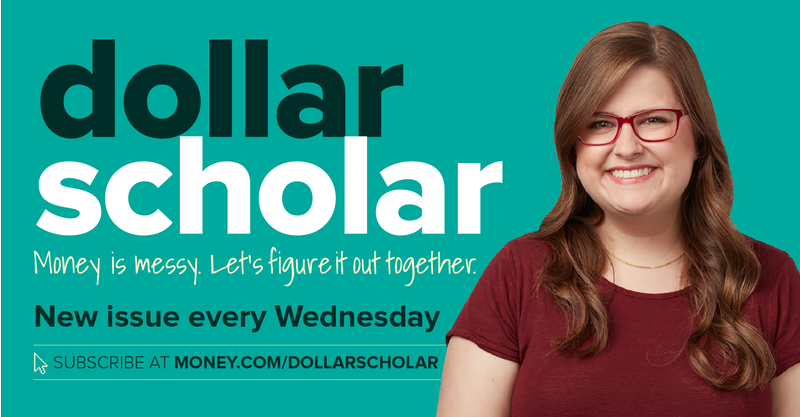In the 1970s, Money Magazine appeared on the coffee tables and nightstands of America’s wealthiest high rollers, investors, and executives. For decades, Money editors assigned stories aimed at the “haves” instead of the “have-nots.” But when the digital revolution started to change the magazine business, Money found itself in a bit of a bind. It had to go digital, of course, but it also needed to attract a new readership. And many of the younger readers Money needed to entice entered the workforce during the 2008 recession. They weren’t exactly the type to read Money’s front page while wearing ascots and drinking scotch.
“We’re speaking to a more diverse audience now,” said Mike Ayers, executive director at Money, “but we still want readers to feel that they’re getting sound financial advice. That’s been at the core of our brand for over forty years. The difference is that it’s now approachable. I don’t think friendly is the right word, but I’ll say conversational. It’s like being in conversation with a trusted authority.”
Part of that conversation includes email newsletters. Money Magazine expanded its email program under Ayers’ leadership, now offering three newsletters: a daily content update, biweekly retirement advice, and a weekly personal finance project called Dollar Scholar.
This last newsletter is the brain child of Ayers and reporter Julia Glum, and it lives exclusively in the inboxes of subscribers. Each issue begins with a few paragraphs of Glum explaining her newest financial lesson—one she’s teaching herself at the same time. The emails end with a goofy celebrity purchase from the news. There’s also a line asking readers to tell Glum what they think.
“I really do get responses from people all the time,” Glum said. “They’ll request that I explore certain topics, or they’ll gently give me context I was missing.” Glum’s Dollar Scholar is an educational tool, but Glum herself is a student alongside her readers. “We’re owned by Meredith, of course, and Meredith does so well focusing on younger women. When I started Dollar Scholar, I thought, well, I’m a woman and I know what I like to read and don’t like to read. I just write honestly from that place in Dollar Scholar.”

It turns out Glum isn’t alone. The newsletter isn’t just cut and dry money advice—she has covered Spencer Pratt from The Hills, WeRateDogs on Twitter, and Amazon. As long as it touches on financial a topic young people should learn more about, Glum will consider any topic.
Ayers is pleased with the newsletter’s open and engagement rates. Unlike the other two Money newsletters, he doesn’t require a click through for Dollar Scholar. “Dollar Scholar is its own product,” he said. “As far as success metrics, we’re just looking at subscriber numbers and response rate. In the future, we’ll try out a forwarding campaign and have [Julia] ask her readers to send an issue along to folks who might need it.”
The question of needing Money’s content is what seems to keep the magazine’s digital strategy alive. Unlike other mainstream publications, Money is an educational tool. Though reporters may cover entertainment or pop culture from a financial lens, most of what they’re writing about applies directly to the audience.
Money Magazine has become a little more empathetic in recent years, covering Black Friday deals with as much gusto as it covers Wall Street. This shift was intentional.
“I want us to cover both the aspirational and anxiety-inducing parts of money,” Ayers said. “Aspirational content is great when it’s done well, but anxiety-focused stuff is more relatable. We tap into both mindsets, and a lot of what we’re doing is calming the anxious readers and validating the aspirational ones. And we’re going to stay relevant that way. There’s a recession coming, right? What should you do, stay the course, change up your saving strategy? We’ve got calm, level-headed advice on all of that.”